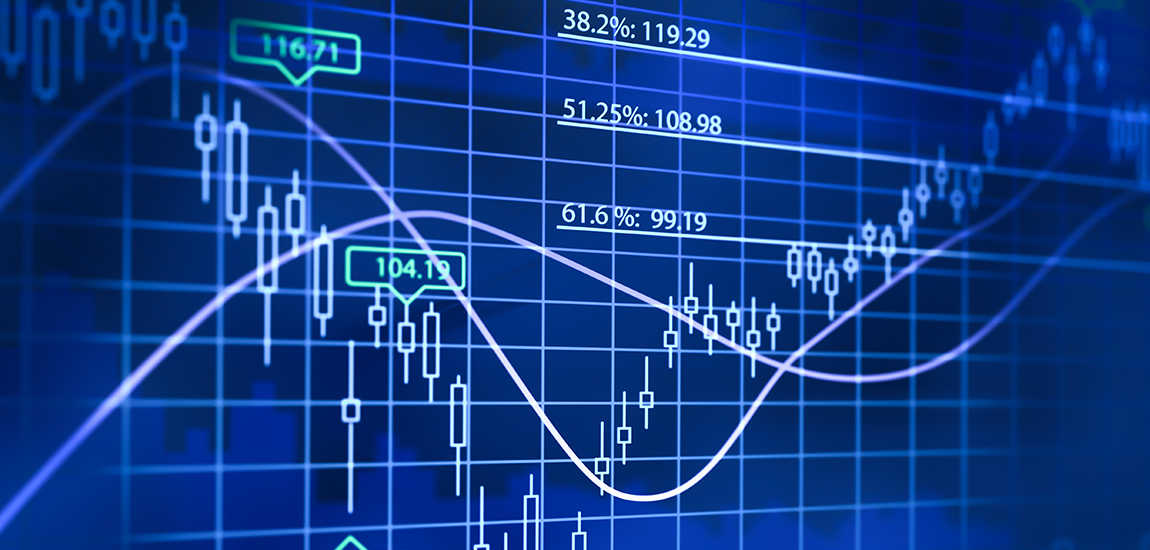
Who is trading all those low-priced stocks?
Steven W. Poser
Director, Research
Published
June 9, 2023
One billion shares traded in a single ticker symbol does not happen all that often – 85 times since the middle of 2006, most recently in late 2021. That is until May 3 when one stock spent the full day trading below $0.10. That company engineered a 1:25 reverse split the next day, taking the stock - albeit temporarily - above $1.00. This extraordinary activity, coupled with the recent increase in trading very low-priced stocks, got us thinking about recent changes in the distribution of trading.
In general, we have seen a shift in volume over the past 10+ years in two ways:
- The share of executed volume in low-priced stocks has grown.
- The share of notional volume has shifted to stocks above $100.
Chart 1a: Share of Total Volume by Price
Chart 1b: Share of Notional Value Traded by Price
Big jumps in single stocks can result in temporary distortions. Chart 2a shows the impact of trading in the aforementioned sub-$0.10 company, which accounted for more than 12% of all volume executed on May 1 and May 3, 2023 in shares of securities trading below $0.10. However, that activity had no discernible impact on the share of notional volume (share of volume in stocks below $1.00 barely budged - the light and dark grey areas in Chart 2b - and remained well below April levels).
Chart 2a: Daily Share of Total Volume by Price
Chart 2b: Daily Share of Notional Value Traded by Price
There are obvious reasons for some of these general trends. Companies have largely shied away from stock splits, helping to keep share prices high. The recent drop in high-priced notional share is largely tied to overall market weakness, and splits in several high-priced stocks that did not result in trading volume increasing by their split factor. With a few sectors getting hit hard in the past year or two, there has been an increase in volume in lower priced stocks; although this trend has not matched the surge during the pandemic when stocks under $5.00 accounted for 30% of total volume but less than 2% of notional value traded.
In general, off-exchange market share (reported as TRF volume) is highest for lower priced stocks, although this is not always the case for stocks below $0.10, which under normal circumstances represent a tiny share of overall volume because most securities that trade below $0.10 are very illiquid rights and warrants. However, as in the case of the sub-$0.10 stock referenced above, a single security that drops sharply, usually due to negative news, will typically trade heavily off-exchange as shown in Chart 3 below.
It is interesting that the share of TRF volume has grown more than other price groups, despite the availability of fractional shares, whose trading volume may actually be overreported.i
Chart 3: TRF Share by Volume Category
FINRA publishes weekly data that identifies off-exchange volume, which is reported to the TRFs. The data identifies trading on Alternative Trading Systems (ATSs) and Over the Counter (OTC) venues. ATSs represent mostly institutional trading seeking to limit the price impact of their order flow. OTC volume largely represents activity from wholesalers, who cater to retail brokers, as well as Single Dealer Platforms. Much of the OTC-reported volume is likely retail trading.
Lower priced stock trading is over-represented by OTC volume. OTC volume in stocks with a weekly VWAP below $1.00 has accounted for between 90-95% of all FINRA-reported volume (see Chart 4). Stocks above $10 are typically 65-75% OTC traded. The relatively higher share in low-priced stocks is similar to the overall pattern in TRF share, where lower priced stocks trade more off-exchange than higher priced securities.
While the preference for lower priced stocks by retail customers is well known, it remains counterintuitive. Most low-priced stocks have wider percentage spreads, which means a round trip trade will cost more, relative to higher priced liquid stocks. However, the wider spreads do allow wholesalers to offer price improvement, which may further encourage active trading in these tickers.
Chart 4: OTC Share of FINRA Volume
i Executions of less than one share are reported as one share. However, the exact magnitude of overreporting is not clear. For example, a 25.95 share trade would be reported as 25 shares and thus would be underreported.
NYSE Research Insights
Find all of NYSE Research's articles on market quality, market structure, auctions, and options.